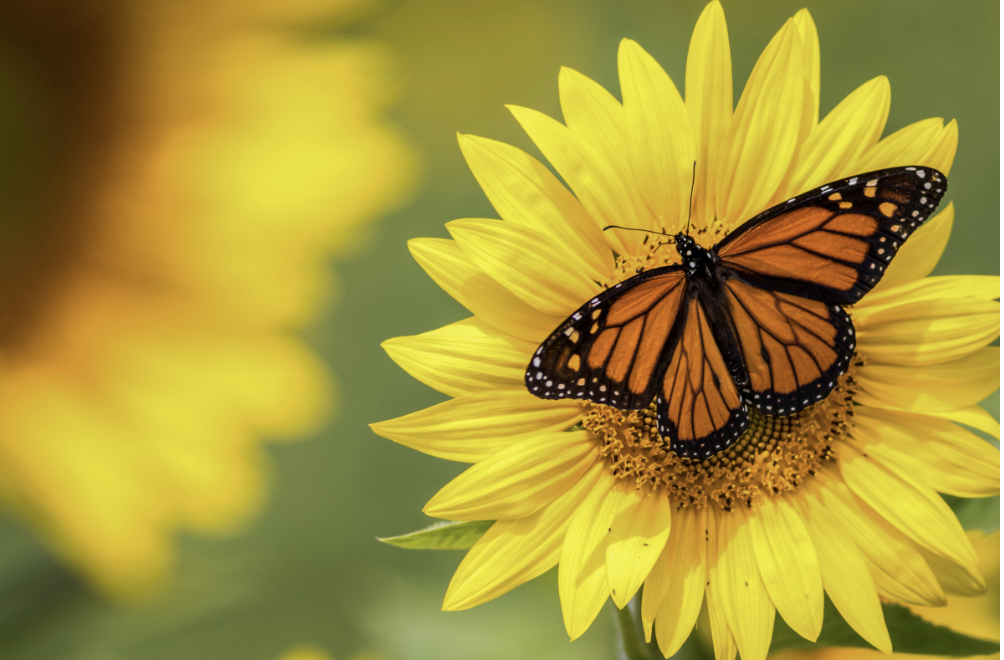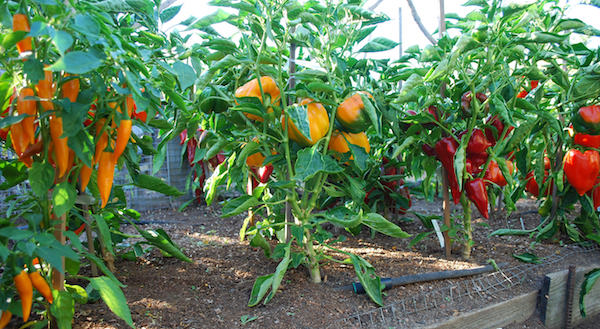We use cookies and similar technologies to provide the best experience on our website.
All Bulk Seed
No products found
Use fewer filters or remove all
Related blog posts

Wildflower, Sunflower, and Zinnia Seeds: Your Complete Guide to Growing Stunning Blooms
by Frank Davis on Apr 16 2025
Bring vibrant blooms to your garden with Bentley Seeds’ wildflower, sunflower, and zinnia seeds. Learn how to plant and grow pollinator-friendly flowers with ease.

How to Grow Peppers: A Beginners Guide
by Becca Conklin on Dec 15 2023
Peppers, while technically classified as fruits, are commonly used as vegetables in culinary dishes all around the world. With a wide variety of peppers available, such as bell peppers, jalapeños, and poblano peppers, there's something to suit every taste, from mild and sweet to fiery hot. Growing your own peppers can be a rewarding experience, and this comprehensive guide will walk you through the process of growing peppers from seeds, planting, and caring for them, as well as how to use and store your delicious harvest.
Seed Plantation Choose a pepper variety that is suitable for your climate and geographical location. Start the planting process indoors about 8 to 12 weeks before the last expected frost date.
Container Size Selection If you're opting for container gardening, make sure the container size matches the pepper variety you've chosen. Typically, containers with a capacity of 3 to 5 gallons work well for most pepper plants.
Indoor Lighting Provide ample indoor lighting to support the growth of your pepper plants. You can use LED lights or place the containers near a window that receives plenty of sunlight.
Fertilization Fertilization is crucial for a thriving garden. While some soil mixes come pre-fortified with nutrients, adding organic, water-soluble fertilizers can significantly boost your pepper plants' growth.
Outdoor Transition As the weather warms up, it's time to move your pepper plants outdoors. Peppers thrive in temperatures between 70- and 85-degrees Fahrenheit, with moderate humidity (40% to 50%). If the temperature consistently stays above 55 degrees, you can leave your plants outside.
Regular Watering Once your pepper plants are outside, make sure to water them regularly. Keep an eye on pest control and provide nutrients as needed to ensure healthy growth and a bountiful harvest.
Harvesting When it's time to harvest your peppers, use a sharp knife or pruners. Avoid pulling the peppers off the plant, as this can cause damage to the branches and increase the risk of disease. Leave some of the stem attached to the pepper when cutting it. Harvesting some peppers while they're green and allowing others to mature on the vine will give you a mix of flavors, heat, and nutrition.
How to Use Your Peppers Now that gardening season is over, it's time to put your hard work to good use. In the winter, a great way to use your peppers is by making roasted red pepper soup, stuffed peppers, salsa, and sauces. If you're not ready to create a recipe using your peppers just yet, you can freeze them for later use.
By following this comprehensive guide, you'll be well on your way to growing and harvesting your own peppers. Not only will you enjoy the satisfaction of growing your own food, but you'll also have a variety of delicious peppers to incorporate into your favorite recipes. Happy gardening!
by Becca Conklin on Oct 11 2023
Lavender provides not only fragrant and delicate esthetic charm to gardens but also provides various culinary and medicinal purposes. Furthermore, it blends seamlessly with gourmet cuisine, beverages, and skincare creations.
Imagine the enjoyment of growing your very own lavender and exploring the benefits, beauty, and aroma it can bring into your home. This guide is designed to provide an understanding of the growing process.
A Guide to Growing Lavender
Growing lavender is a straightforward process that enhances any home environment, indoors or in the garden. The key to having lavender flourish is to have well-drained soil, whether it is in a container or a garden bed. Additionally, selecting a location with a minimum of 6-8 hours of sunlight is important.
Lavender proves responsive to indoor and outdoor growth, making it an outstanding choice for various garden and living arrangements. When propagated from seeds, lavender typically matures to its full state after a year of care. In its initial year, lavender may grow to a modest bloom, offering a glimpse of its aromatic potential.
Then, by their second season, they should be in full bloom, providing an abundance of scented flowers to enjoy.
To grow lavender from seed, get a light, seed-specific potting mix, then cover each seed lightly with a thin coating of soil. Lavender germinates faster when exposed to sunshine, so don't completely cover them. Place the seedlings in a warm location or use a heating mat to keep them warm.
It is essential to note that light is imperative for the germination process. If natural sunlight is unavailable, consider using artificial plant lights. Keep the soil temperature between 60- and 65-degrees Fahrenheit for the best germination rate. Monitor the temperature with a soil thermometer.
Allowing the soil to dry slightly between watering and placing the seedlings somewhere with adequate airflow will help reduce overwatering. When the seedlings are a few inches tall and have a few sets of leaves, it's time to harden them off.
It's the process of acclimating seedlings to the outdoors to boost their chances of survival after transplantation. This means taking the seedlings outside for brief periods, first in a more covered position and then gradually pushing them into more open locations. This way, your seedlings should be ready to transplant in a few weeks.
Water your transplants once or twice a week while they are settling in. After a few weeks, your lavender's roots should be established, and you can reduce watering to once every two to three weeks. When it starts to bloom, reduce your watering to once or twice a week, as plants require more water and nutrients.
While acquiring the skill of growing lavender from seeds may pose a challenge, the rewards are so great. It demands time, patience, and diligence; however, the sight of a thriving garden with lavender will fill you with pride and satisfaction, validating your dedicated efforts. Contact Bentley Seed Co. to start growing lavender or to learn about the abundance of vegetable and flower seed packets we provide! Our seed packets are the perfect gifts for birthdays, anniversaries, baby showers, and memorials. Shop today!
Follow us for more!
Be the first to know about new collections and exclusive offers.
Customer Service
Need help

